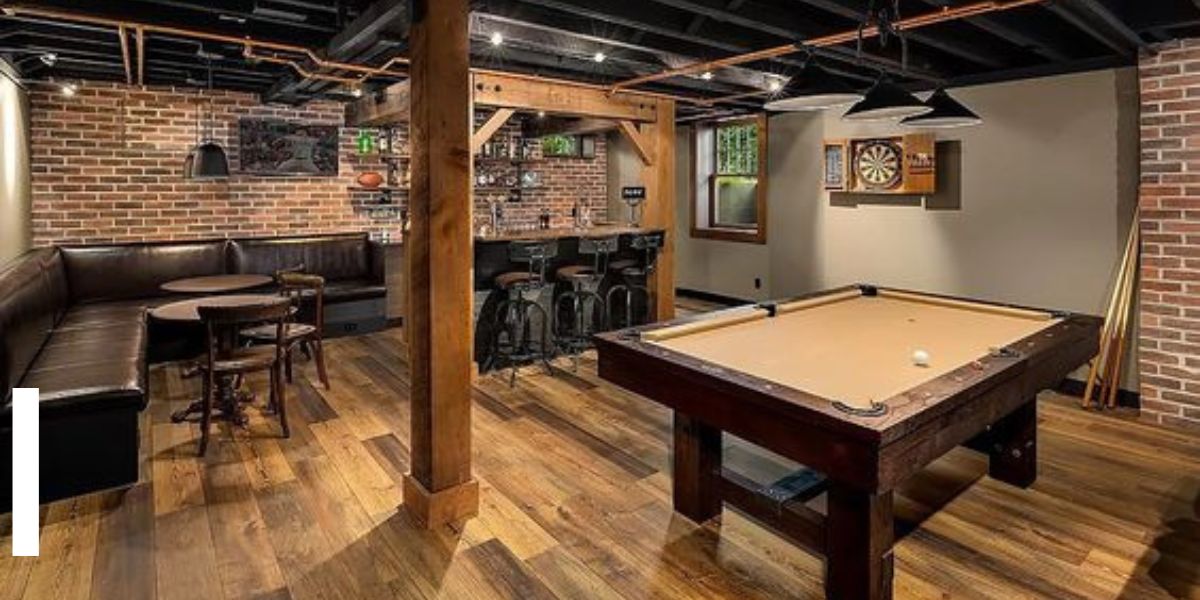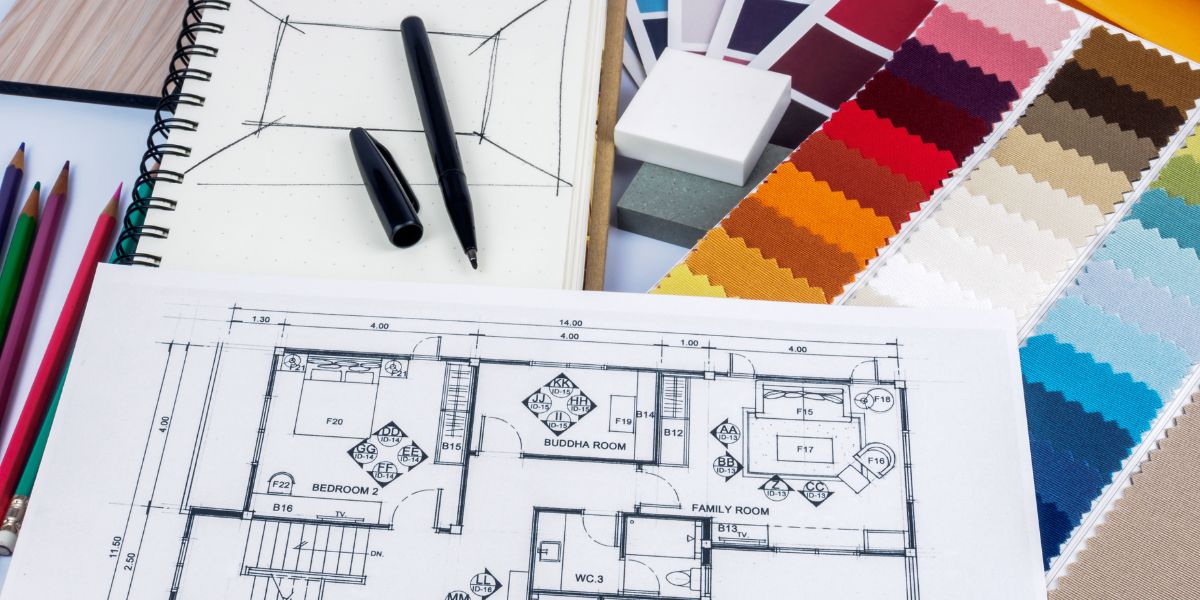Historic homes in Maryland are a testament to the state’s rich history and architectural diversity. These structures, often centuries old, offer a unique blend of historical significance and charm. However, renovating them requires a delicate balance between preserving their character and ensuring modern comfort and safety.

What is a Historic Home and Why Buy One?
A historic home is more than just an old house; it’s a tangible piece of history. These homes, often designated by local or national historic preservation organizations, have stood the test of time and bear witness to the past. They are characterized by their age, architectural significance, and their association with important events or figures.
Characteristics of Historic Homes:
- Age: Typically, for a home to be considered “historic,” it needs to be at least 50 years old, though this can vary depending on local regulations.
- Architectural Significance: Historic homes often showcase architectural styles that were prevalent during their time of construction. This could range from Victorian to Colonial Revival to Art Deco and more.
- Historical Importance: Some homes gain their historic status because of an association with a significant event, person, or group.
Reasons to Buy a Historic Home:
- Unique Charm and Character: Unlike modern homes, historic homes come with unique architectural details like crown moldings, hardwood floors, and handcrafted features that are hard to find in newer constructions.
- Preservation of History: Owning a historic home means you’re a steward of history. You get the privilege of preserving a piece of the past for future generations.
- Tax Incentives: Many states, including Maryland, offer tax credits and incentives for the restoration and preservation of historic properties.
- Stable Value: Historic homes, due to their unique nature and limited availability, often retain their value better than newer homes, especially in designated historic districts.
- Community and Pride: Living in a historic home often means being part of a tight-knit community that values preservation and history. There’s a sense of pride in owning and maintaining a piece of local heritage.

Regulations Governing Historic Home Renovations
Historic homes are not just buildings; they are living pieces of history. As such, there are regulations in place to ensure their preservation.
Why Regulations Exist
Historic homes tell the story of Maryland’s past. They are a reflection of the architectural trends, societal norms, and historical events of their time. To ensure that these stories are not lost, local and state governments have established regulations to protect the integrity of these structures.
Key Regulations to Be Aware Of
In Maryland, homeowners must obtain the necessary permits before starting any renovation work on a historic property. These permits ensure that the renovations adhere to the guidelines set by the local historic preservation commission. Additionally, there are often restrictions on making significant exterior changes to maintain the original appearance. Interior renovations, while more flexible, still require careful consideration to preserve the home’s historical character.
Sourcing the Right Professionals
Renovating a historic home is not a task for the average contractor. It requires specialized knowledge and skills.
Why Expertise Matters
Historic homes come with their own set of challenges, from outdated construction methods to unique architectural features. A contractor experienced in historic renovations will be familiar with these challenges and know how to address them without compromising the home’s historical integrity.
Finding Qualified Professionals
When looking for a contractor, it’s essential to check their credentials and past work. Recommendations from local historic preservation societies can also be invaluable. Always ask for references and visit previous projects to ensure the quality of their work.
Preserving Character While Upgrading Essentials
While it’s essential to upgrade a historic home to meet modern standards, it’s equally important to preserve its character.
Understanding the Home’s History
Before starting any renovation work, research the home’s architectural style and era. This will provide valuable insights into the materials and techniques originally used, helping guide the renovation process.
Balancing Modern Comforts with Historical Integrity
Modern amenities like insulation, HVAC systems, and updated plumbing can be integrated into a historic home without compromising its character. The key is to choose materials and techniques that match the home’s era. For instance, using reclaimed wood or period-appropriate fixtures can maintain the home’s historical feel while providing modern comfort.
Conclusion
Renovating a historic home in Maryland is a rewarding endeavor. It allows homeowners to preserve a piece of history while enjoying modern comforts. By understanding the regulations, sourcing the right professionals, and focusing on preserving the home’s character, homeowners can ensure that their historic property remains a cherished landmark for generations to come.
If you’re considering remodeling or need assistance with your historic home, be sure to visit Cornerstone Remodeling for expert guidance and support.




